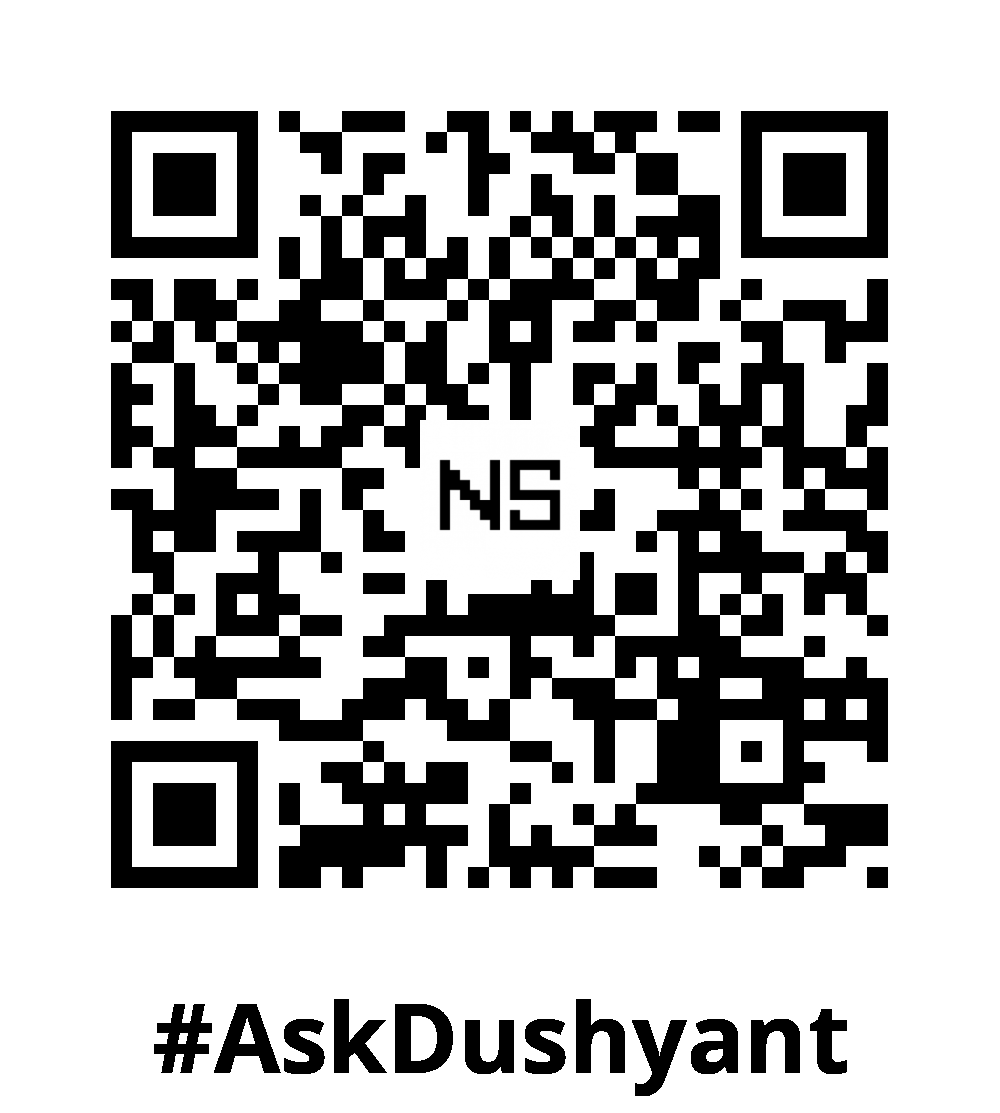Data visualization is an art form that transcends the mere display of numbers. It’s about telling a story, making complex information accessible, and driving informed decision-making. In this Tech Concept, we delve into ten essential chart types, each with its unique characteristics and optimal use cases. From the stalwart Bar Chart to the intricate Radar Chart, we’ll navigate through the intricacies of visualization to help you make informed choices when presenting your data.
Bar Chart:
Description: Vertical or horizontal bars representing different categories or groups.
What to Infer: Easily compare quantities across categories.
Use Case: Compare sales figures for different products.
Dataset Best Suited: Categorical data with distinct groups.
Pros and Cons:
- Pros: Clear visual comparison, suitable for large datasets.
- Cons: Limited for displaying trends over time.
Line Chart:
Description: A series of data points connected by lines, often used for time-series data.
What to Infer: Identify trends, patterns, or fluctuations over time.
Use Case: Track stock prices over a year.
Dataset Best Suited: Time-series data with continuous variables.
Pros and Cons:
- Pros: Effective for showing trends.
- Cons: May hide individual data points.
Pie Chart:
Description: A circle divided into slices, representing proportions of a whole.
What to Infer: Understand the percentage contribution of each category to the whole.
Use Case: Display budget allocation for different expense categories.
Dataset Best Suited: Parts of a whole, limited categories.
Pros and Cons:
- Pros: Visually represents part-to-whole relationships.
- Cons: Limited to a few categories, harder to compare.
Scatter Plot:
Description: Individual data points plotted on a two-dimensional plane.
What to Infer: Examine the relationship between two variables.
Use Case: Analyze correlation between study hours and exam scores.
Dataset Best Suited: Two continuous variables.
Pros and Cons:
- Pros: Reveals patterns and outliers.
- Cons: May be overwhelming with a large dataset.
Histogram:
Description: Bar chart for displaying the distribution of a single variable.
What to Infer: Understand the frequency or distribution of values.
Use Case: Visualize age distribution in a population.
Dataset Best Suited: Continuous data with frequency.
Pros and Cons:
- Pros: Illustrates data distribution.
- Cons: May lose granularity in small datasets.
Heatmap:
Description: Matrix of colors representing values in two dimensions.
What to Infer: Identify patterns, trends, or correlations.
Use Case: Displaying the correlation matrix of variables.
Dataset Best Suited: Two-dimensional data with relationships.
Pros and Cons:
- Pros: Visualizes complex relationships.
- Cons: May not be suitable for large datasets.
Stacked Bar Chart:
Description: Bars divided into segments to represent parts of a whole.
What to Infer: Understand the composition of a total.
Use Case: Illustrate revenue sources for a company.
Dataset Best Suited: Categorical data with subcategories.
Pros and Cons:
- Pros: Shows the composition of a whole.
- Cons: May be challenging to compare individual segments.
Treemap:
Description: Hierarchical representation of data using nested rectangles.
What to Infer: Visualize hierarchical structures and proportions.
Use Case: Display market share in different product categories.
Dataset Best Suited: Hierarchical data with proportions.
Pros and Cons:
- Pros: Efficiently shows hierarchical relationships.
- Cons: May be complex for small datasets.
Radar Chart:
Description: Multivariate chart with spokes radiating from the center.
What to Infer: Assess performance across multiple criteria.
Use Case: Evaluate product performance in terms of price, quality, and features.
Dataset Best Suited: Multivariate data with distinct criteria.
Pros and Cons:
- Pros: Visualizes multiple dimensions.
- Cons: Interpretation may vary, not suitable for large datasets.
Box Plot (Box-and-Whisker Plot):
Description: Displays the distribution of a dataset using quartiles.
What to Infer: Identify central tendency and variability.
Use Case: Analyze the distribution of salaries in a company.
Dataset Best Suited: Continuous data with outliers.
Pros and Cons:
- Pros: Clearly shows distribution characteristics.
- Cons: May not be visually appealing for small datasets.
Tech Advice: In the realm of data visualization, there’s no one-size-fits-all solution. The effectiveness of a chart type depends on the nature of your data and the story you aim to convey. As you embark on your data visualization journey, consider the characteristics of each chart type and align them with your dataset’s intricacies. Remember, the true power of data visualization lies not just in presenting information but in crafting narratives that drive understanding and action. Choose your charts wisely, and let your data speak volumes.
#AskDushyant
#DataVisualization #ChartTypes #AnalyticsAdventure #DataNavigators #TechMagic #BarChart #LineChart #PieChart #ScatterPlot #Histogram #Heatmap #StackedBar #Treemap #RadarChart #BoxPlot #DataExploration #TechVoyage


Leave a Reply